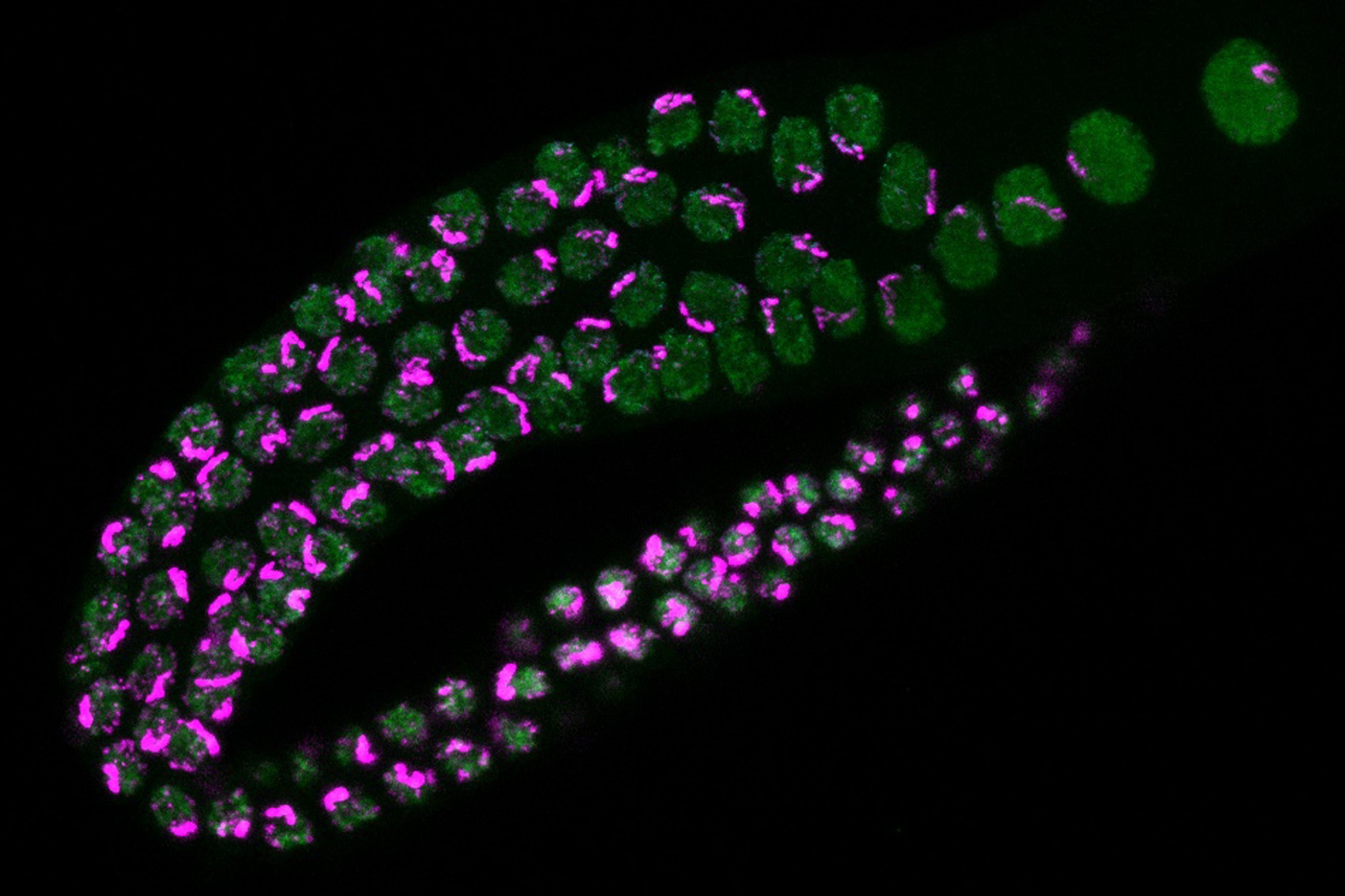
Have you ever wondered how a cell knows whether it’s supposed to be skin or muscle? Or philosophized about “nature vs. nurture,” that is, how contributions from both genetics and the environment influence physical phenotypes? Epigenetics, a relatively new field in biology, helps explain the mechanistic basis for this phenomenon—and is the field I have chosen to dedicate my doctoral studies at the University of Utah.

I sometimes find the easiest way to describe epigenetics is using a metaphor. Imagine that the DNA within a cell is an instruction manual. It contains all the instructions necessary for cellular functions — but this manual can also be modified. Epigenetic modifications (“epi” meaning “on top of”) are like “sticky-notes,” a set of additional instructions on top of the manual. These notes contain directions like “make more of this gene here” or “turn this gene off completely.” In reality, these notes take the form of chemical tags added to the DNA itself or to proteins associated with the DNA. Scientists like myself and my colleagues in Michael Werner’s lab at the School of Biological Sciences are trying to understand what type of information each of these modifications encodes, and how the set of modifications is changed by external environmental factors.
I recently co-authored a paper in Genetics addressing this last point. For this study, we created and compared lists of all the epigenetic genes present in these two worms. For the most part they contained a similar repertoire of epigenetic genes, yet we found one striking difference: P. pacificus is missing an epigenetic protein complex called PRC2. This was a surprising result since PRC2 is one of the most conserved epigenetic protein complexes, and is essential for various cellular functions, including cell differentiation and gene repression. So how is P. pacificus able to survive without it? We found one clue with the help of Ofer Rog’s lab at the U. We were able to detect the enzymatic output of the PRC2 complex (i.e. the specific “sticky-note” it writes), which led us to conclude that a different, yet unknown enzyme has taken over the function of PRC2 in P. pacificus.
Read more of Audrey Brown’s article about these advancements in epigenetics in @The U.
